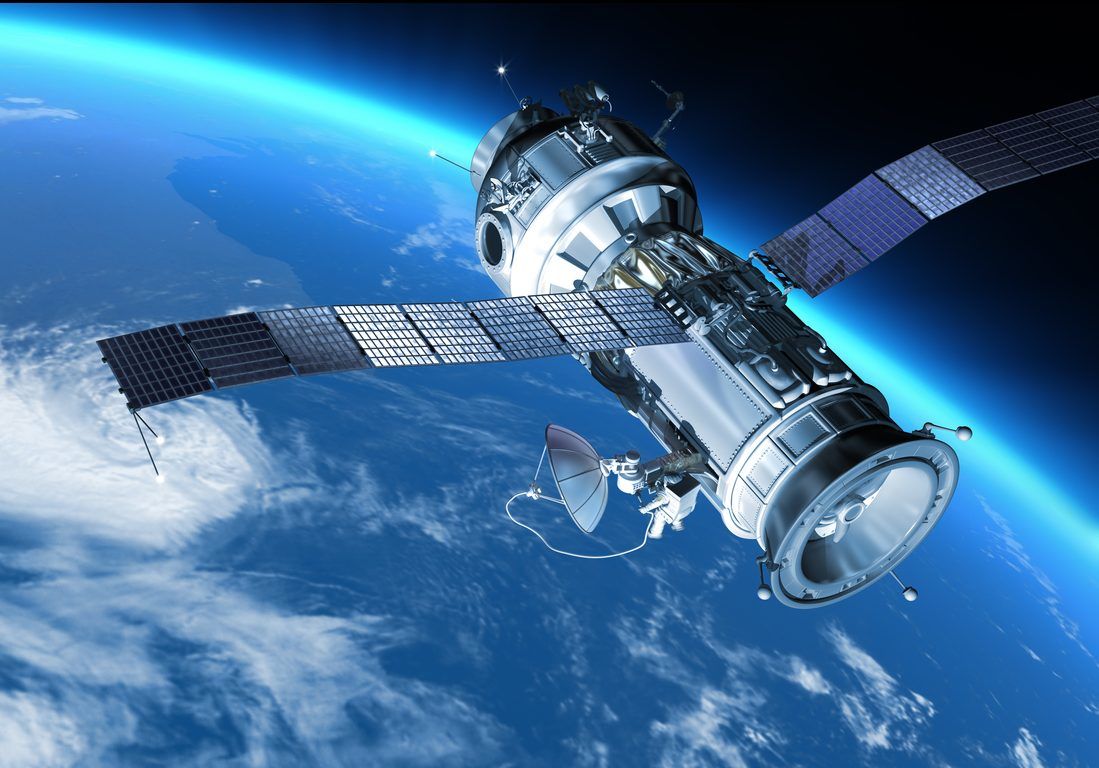You probably didn’t know that China’s first space lab could affect us in any way, or that it even existed. But the reality is that this exact thing that we found to be in obscurity relates to us precisely – it’s crashing down to earth in the next few months.
Don’t worry – it’s not the apocalypse or a scene out of Men in Black. The odds of debris hitting any human beings are microscopic. The “the heavenly palace” or Tiangong-1 was representative of China’s aspirations in becoming an outer space superpower. It was designed with a two-year lifespan but had its service extended for another two an a half years, and while the mission showed promise initially, Chinese scientists as CNSA space agency revealed that they lost control of the lab after months of strange observations, ultimately resulting in the lab heading towards earth.
As for the remaining debris? Most of it will probably end up in the ocean between the latitudes of 43 degrees north and 43 degrees south, which is mostly water but also covers countries including China, Brazil and the U.S. It’s now much lower than it was in the fall of 2016. While the majority of debris will burn up en-route to our planet, chunks as large as 100kg will still be falling from the sky. Even so, it will probably pass by us without anyone noticing. The only possible danger declared by the Aerospace Corporation (a California nonprofit who made the ambience input estimation) is if a piece of corrosive-covered piece of debris is found and picked up by someone.
And while the chances of anyone getting hit by any space debris is still astronomically low, it did happen to one woman called Lottie Williams in 1997, Tulsa Oklahoma. It grazed her shoulder but she, fortunately, wasn’t injured (and was the only person this happened to) so hypochondriacs, take a deep breath and stop googling statistics.


